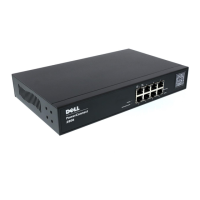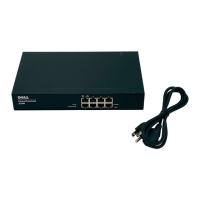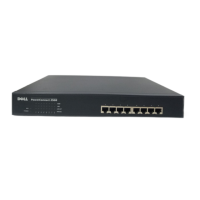134 Update with your book title
Defining LAG Membership
The LAG Membership
page contains fields for assigning ports to LAGs. LAGs can include up to 6 ports.
When a port is added to a LAG, the port acquires the LAG’s properties. If the port cannot be configured
with the LAG properties, a trap is generated and the port operates with its default settings.
The LAG Membership
page contains fields for assigning ports to LAGs. To open the LAG Membership
page, click Switch→ Link Aggregation→ LAG Membership in the tree view.
Figure 7-25. LAG Membership
•
LAG
— Adds a port to a LAG, and indicates the specific LAG to which the port belongs.
Configuring a Port to a LAG
1
Open the
LAG Membership
page.
2
In the LAG row (the second row), toggle the button to a specific number to aggregate or remove the
port to that LAG number.
3
Click
Apply Changes
.
The port is added to the LAG, and the device is updated.
Multicast Forwarding Support
Multicast forwarding allows a single packet to be forwarded to multiple destinations. L2 Multicast service
is based on L2 switch receiving a single packet addressed to a specific Multicast address. Multicast
forwarding creates copies of the packet, and transmits the packets to the relevant ports.
Filtering L2 Multicast packets enables forwarding of Layer 2 packets to interfaces. If Multicast filtering is
disabled, Multicast packets are flooded to all relevant ports. Forwarding L2 Multicast packets is enabled
by default, and not configurable. The system supports Multicast filtering for 64 Multicast groups.
To open the Multicast Support
page, click Switch→ Multicast Support in the tree view.
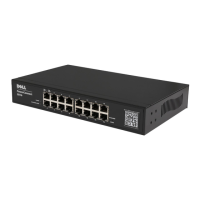
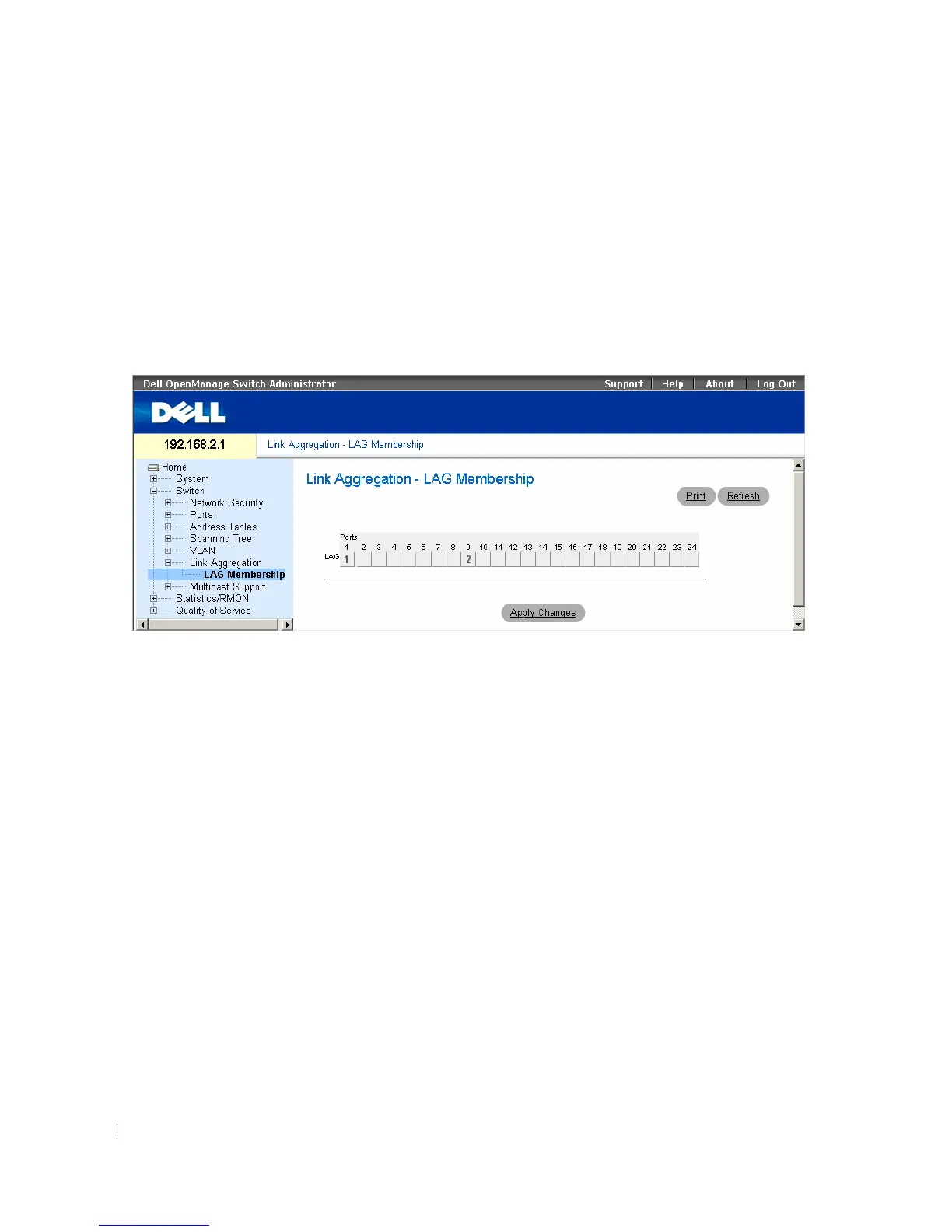